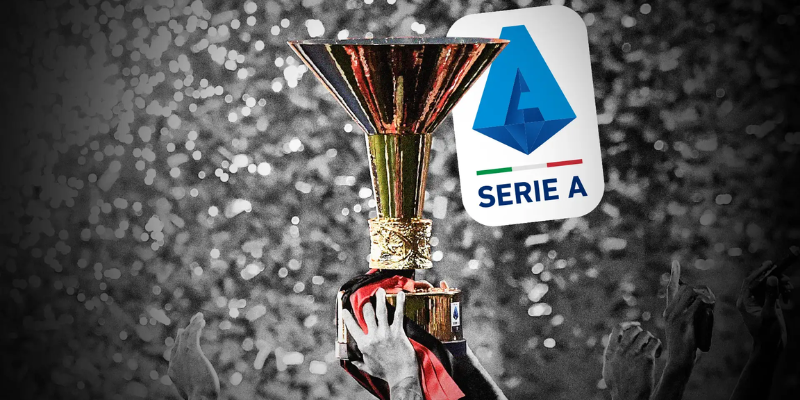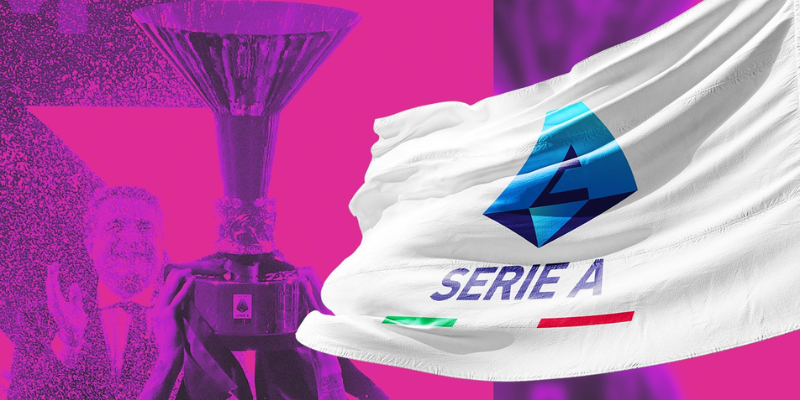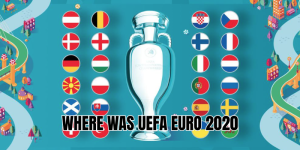When fans ask what year did Serie A start, the answer transports us straight into the golden archives of Italian football. The league, as we know it today, officially began in the 1929–30 season. Before that, Italian football was contested through regional tournaments dating back to 1898, but it was the 1929 restructuring that birthed the national round-robin format of Serie A., its transformation into one of the world’s most prestigious leagues, and the legendary moments and players that defined it.
The origins of Italian football before Serie A

Italian football’s first steps were modest yet ambitious. The very first Italian Football Championship took place in 1898, organized by the newly formed Italian Football Federation. Only four teams participated, and Genoa emerged as the inaugural champion.
For the next three decades, Italian football developed through regional competitions, with clubs from the north—such as Pro Vercelli, Genoa, and Torino—dominating early titles. The fragmented structure, however, made it difficult to truly unify the game nationwide. Fans and officials alike began demanding a more professional, national league format to elevate the sport’s prestige.
The birth of Serie A in 1929
By 1929, Italian football underwent a revolution. The federation introduced a round-robin league where the best teams.
The inaugural 1929–30 season featured 18 teams. Ambrosiana-Inter became the first official Serie A champion.
Early dominance and legendary clubs

The first decades of Serie A were defined by the rise of powerful clubs:
- Juventus established itself as a dynasty in the 1930s, winning five consecutive titles.
- Torino’s “Grande Torino” side in the 1940s became legendary before tragedy struck in the Superga air disaster of 1949.
- AC Milan and Inter Milan built their own empires, raising the prestige of the Milan Derby.
Even in its infancy, Serie A was not just a competition—it became a cultural identity, uniting Italian towns and regions in passionate rivalries.
How Serie A grew into a global powerhouse
By the post-war period, Serie A was gaining global recognition. The arrival of international stars, tactical innovations, and the rise of Italian defensive mastery (catenaccio) made the league famous worldwide.
During the 1980s and 1990s, Serie A was widely considered the best league in the world. It attracted legends like Diego Maradona, Michel Platini, Marco van Basten, Roberto Baggio, Paolo Maldini, and later Ronaldo Nazário. Stadiums were full, and Italian clubs dominated European competitions, cementing Serie A as football’s ultimate stage.
Interruptions and resilience

Serie A has only been interrupted once in its history—between 1943 and 1945 due to World War II. Despite Italy’s turbulent political and economic history, the league always returned stronger. That resilience is part of what gives Serie A its enduring charm.
Even as other leagues like the English Premier League and La Liga gained financial advantages in the 2000s, Serie A maintained its prestige, rooted in tradition, tactical sophistication, and unforgettable rivalries.
Iconic players who defined Serie A
Serie A’s story cannot be told without its legends. Some of the greatest players in football history built their legacy in Italy:
- Francesco Totti – The eternal captain of Roma, symbolizing loyalty and artistry.
- Alessandro Del Piero – Juventus’ magician and a symbol of Italian elegance.
- Paolo Maldini – The defensive icon who defined AC Milan’s dominance.
- Diego Maradona – The king of Naples, who turned Napoli into champions.
- Ronaldo Nazário, Kaká, and Zlatan Ibrahimović – Foreign stars who set Serie A alight with skill and power.
These players weren’t just athletes; they became cultural icons, intertwining their names with the history of Serie A itself.
The modern Serie A
Today, Serie A remains one of the top five leagues in Europe, with Juventus, Inter Milan, AC Milan, Napoli, and Roma competing fiercely. While the league faced challenges during the 2000s due to financial struggles and the Calciopoli scandal, its recent resurgence has been evident. Napoli’s Scudetto in 2023 ended decades of northern dominance, proving that Serie A’s unpredictability still excites fans worldwide.
New stars like Khvicha Kvaratskhelia, Rafael Leão, and Lautaro Martínez are writing fresh chapters, while veterans like Olivier Giroud and Ciro Immobile continue to deliver magic.
Conclusion
To return to the central question—what year did Serie A start—the official answer is 1929, though its roots go back to 1898., we believe Serie A’s journey is more than just history; it’s the story of Italian pride, artistry, and resilience. If you love football’s past, present, and future, keep exploring with us—we’ll continue to bring you the deepest stories, biographies, and match insights. Stay tuned, because Serie A’s next chapter is already being written.
If you’re curious about players, club stats, or how each team is performing, stick with HartGoal— we’ll bring you match reviews, top scorers, historical records, and more. Want to dive into individual team previews or comparisons next? Just say the word!






